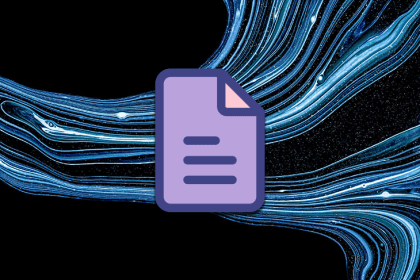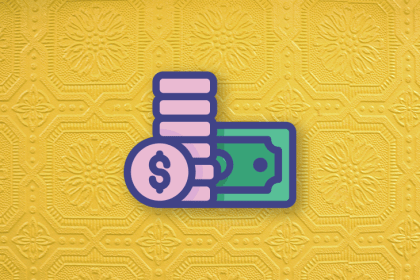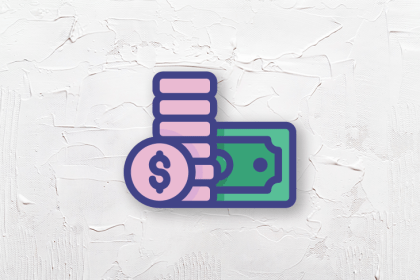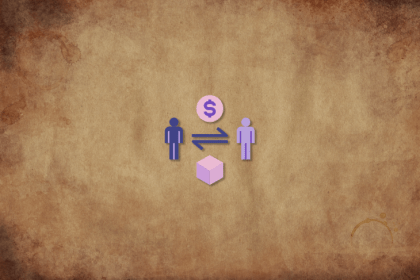
The business model canvas can be invaluable for companies. It assists in laying out business models in a straightforward, user-friendly format.

Unsegmented, general revenue figures only tell part of the story. Distinguishing between different sources of revenue — namely, new and recurring revenue — is vital for deriving essential insights and fine-tuning your projections.

The DORA group outlines specific metrics to track and work towards in order to get the most out of your product.

There isn’t a one-size-fits-all course or program for product managers. Luckily, we dug through dozens of PM courses so you don’t have to.

Discover the importance of monetization when introducing new features, when you should consider expanding your monetization strategy, and the difference between vertical and horizontal expansion.

Product managers can extract valuable lessons from Bing’s shift in product strategy and the (significantly, but decreasingly so) one-sided battle for search supremacy.

Time to value (TTV) measures how quickly your customers expect to benefit from the value your product provides.

Cynefin is a decision support framework to help understand the nature of your problem domain and make guided decisions.

The iterative process is a set of actions consisting of analysis, planning, design, implementation, testing, and review.

All in all, an action plan (especially when finely tuned and strategic) complements your product strategy by providing an actionable roadmap to success.

Without a proper product information management strategy, you’ll end up with several disparate channels of manual control, increasing dependencies and potential for human error.

Product ops helps to scale the product team, improves feature adoption, and accelerates feedback loops between product, engineering, and customer success teams.